Where Do Koalas Live?
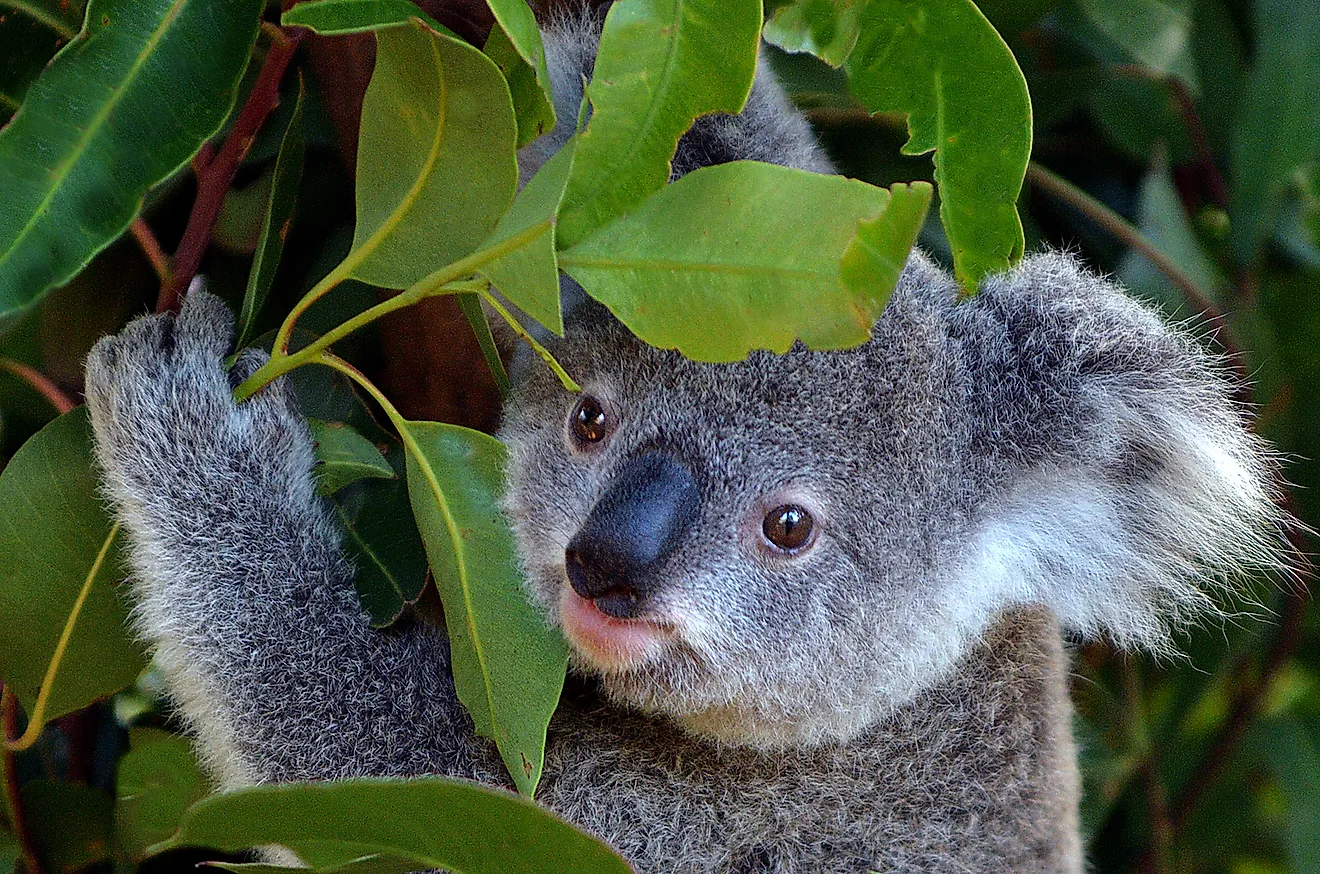
- The iconic koalas live in southeastern and eastern Australia.
- They spend their lives in the tall eucalypt forests and the low eucalypt woodlands in the states of Queensland, New South Wales, South Australia, and Victoria.
- Unlike other animals, they don’t inhabit just one tree but instead, travel from one tree to another within their home range.
The iconic koalas live in southeastern and eastern Australia. They spend their lives in the tall eucalypt forests and the low eucalypt woodlands in the states of Queensland, New South Wales, South Australia, and Victoria.
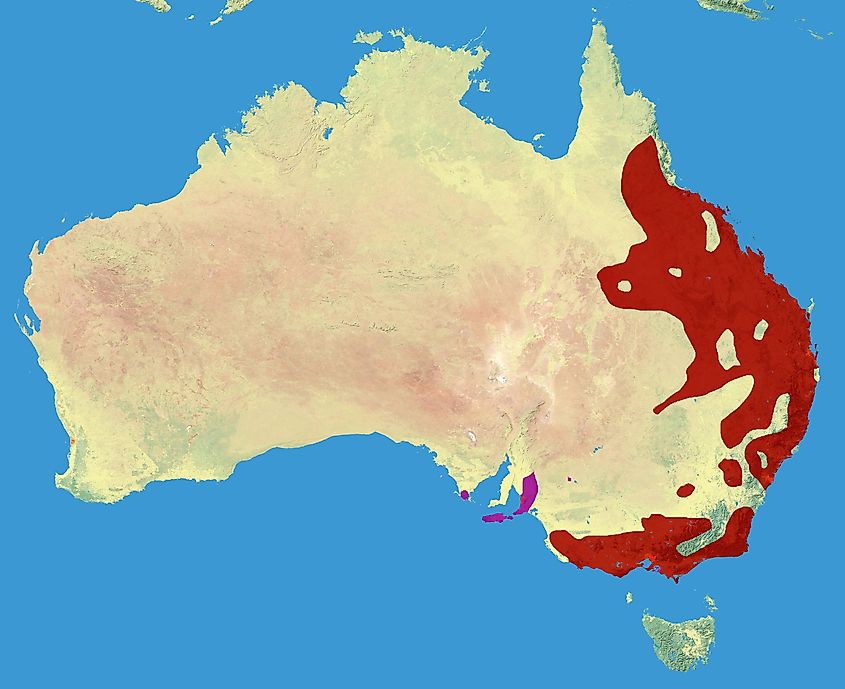
Home Trees And Home Range
Each koala’s home is composed of several trees in a group called home trees. The area covered by these trees is called a koala’s home range. Koalas are known to stay within the same home trees and home range. Although, some are known to venture out into other home ranges especially when mating, but they normally stay within their own throughout the rest of their lives.
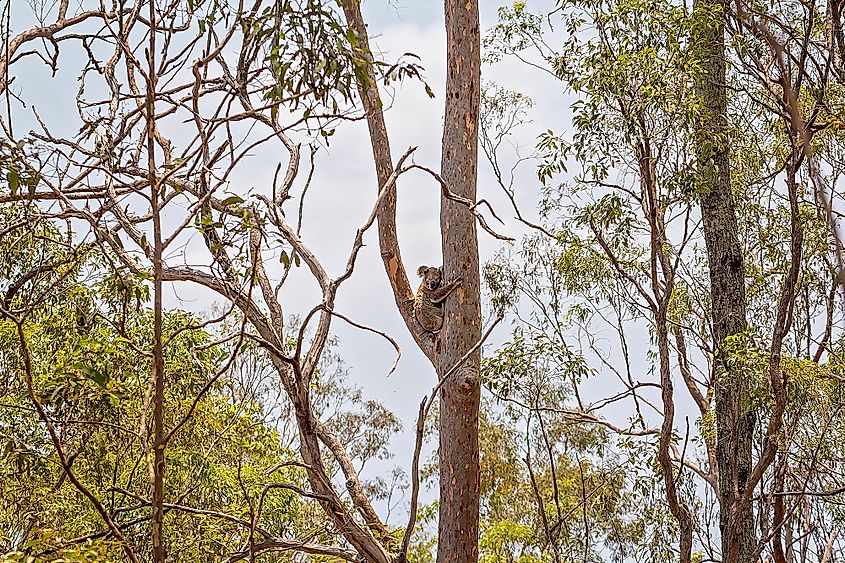
Unlike other animals, they don’t inhabit just one tree but instead, travel from one tree to another within their home range. They feast on eucalypt leaves but only eat a few species hence their distribution in different areas of Australia depends on the type of eucalypt trees that are abundant in the area.
Koalas are arboreal animals. They live high up on the trees away from most ground predators. They don’t make holes, nests, or dens, and instead, sleep right on the branches. The trees are their bedrooms, bathrooms, and backyards.
Marking Territory
A mature male koala can be distinguished from the rest because of a special area on the chest. This area is the male koala's scent gland that is often dark, moist, and hairless. It is located in the middle of the chest. Male koalas use this gland to attract mates, they also rub this against the trees. The rubbing of the scent gland triggers the release of a fluid that is smelly and distinct. This is done to make their territory or home range.
Males generally have a bigger home range than females and are more active.
Koalas stay within their range and are very territorial. They stay in their home range or communities for the rest of their lives and will only move if forced. Most of the time, koalas that are taken out of their ranges adapt quite poorly to new environments, so many do not survive. This is why injured koalas that are treated by carers are often taken back to their home range when they are better.
Habitat Loss
Fossil remains of koalas suggest that these creatures covered a larger area throughout Australia. Their habitat shrunk due to the change in climate in those areas. And their habitat is getting even smaller today due mainly to the clearing of eucalypt forests. Habitat loss is the biggest threat koalas are facing today.
The biggest habitat loss recorded happened in the 1990s. Almost 2 million hectares of koala habitat were cleared in Queensland to make way for urbanization and developments. Throughout the years millions of hectares of habitat (up to 10 million hectares) have been lost and most losses occurred in Queensland and New South Wales regions.
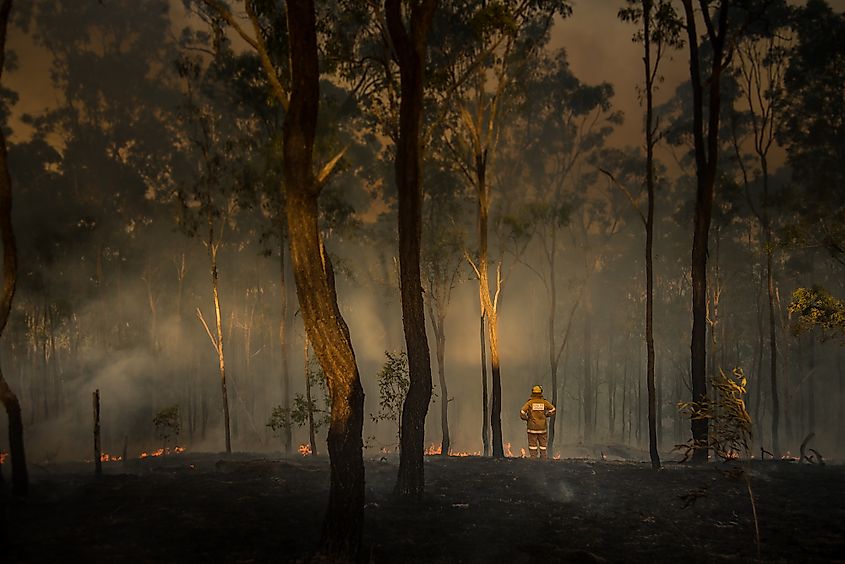
In recent years, destructive bushfires, catalyzed by climate change, have also damaged vast tracts of koala habitat, killing and maiming thousands of koalas and rendering many homeless.
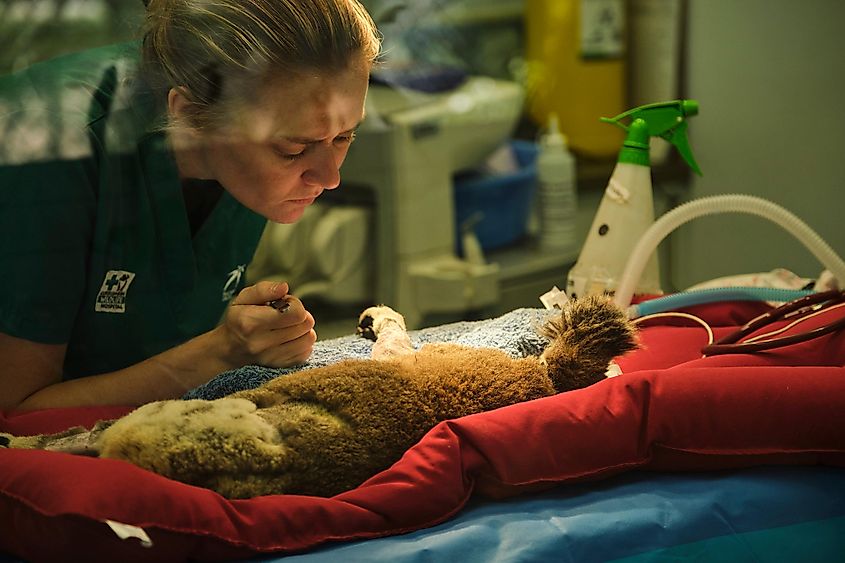
Koala habitats are often cleared to make way for roads, estates, or housing developments. While some survive the clearing they often face a myriad of other problems that threaten their survival including disorientation, and diseases if they cannot adapt to the new environment.
Habitat loss has been so rapid and so drastic that scientists believe that by 2050 koalas will be extinct in the New South Wales regions of Australia.
Habitat Fragmentation
Another threat to the koala’s survival is habitat fragmentation. This happens when a large home range is divided into smaller fragments due to clearing to make way for roads or other constructions. It takes koalas away from other parts of their range, potential mate, and sources of food and water.
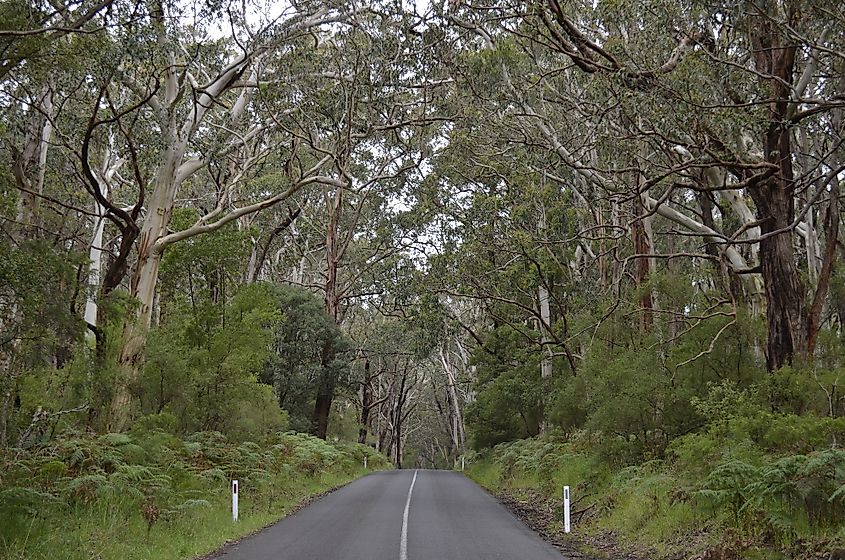
Most koalas who lose part of their ranges get disoriented and roam the streets in urban areas in search of it. This exposes them to other threats. Many koalas get attacked by dogs, killed by ground predators, and hit by speeding cars.
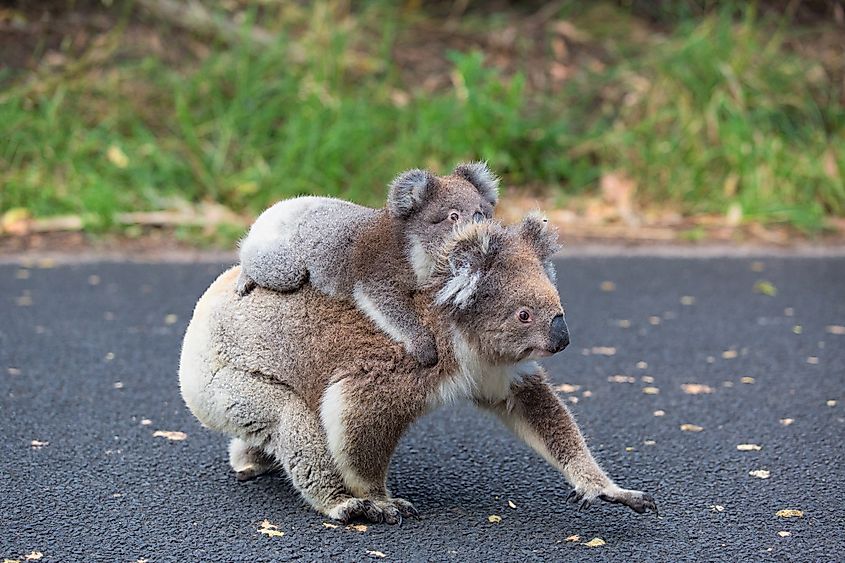
Restoring Koala Habitat
Various wildlife groups and advocates are racing to restore the iconic koala’s habitat. They work to preserve the remaining koala habitats in Australia, restore critical koala habitats, and protect the remaining koala populations including those that have gotten inside private properties.
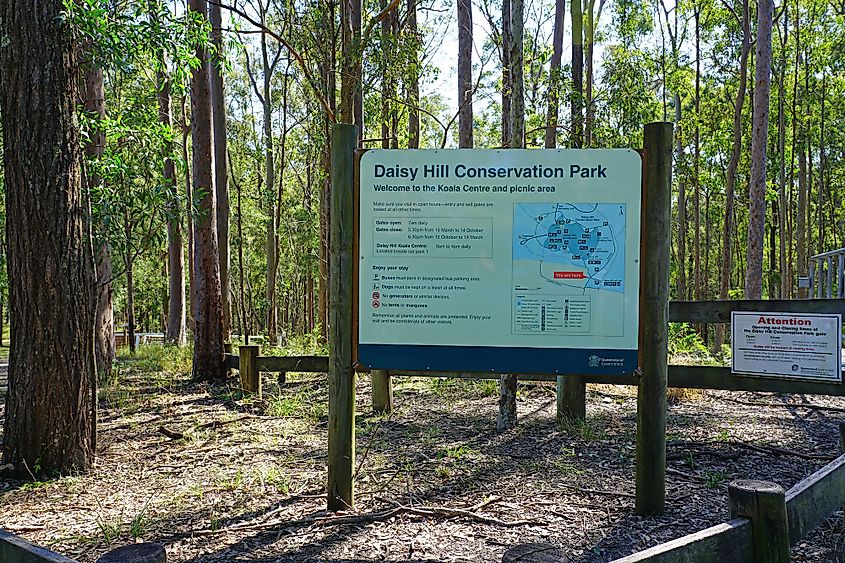
Many are planting koala food trees, to try to increase the koala’s food source. World Wildlife Fund (WWF) Australia is even embarking on an ambitious project using drones. These drones will drop tens of thousands of koala gum tree seeds across vast landscapes to try to regenerate the forests.











